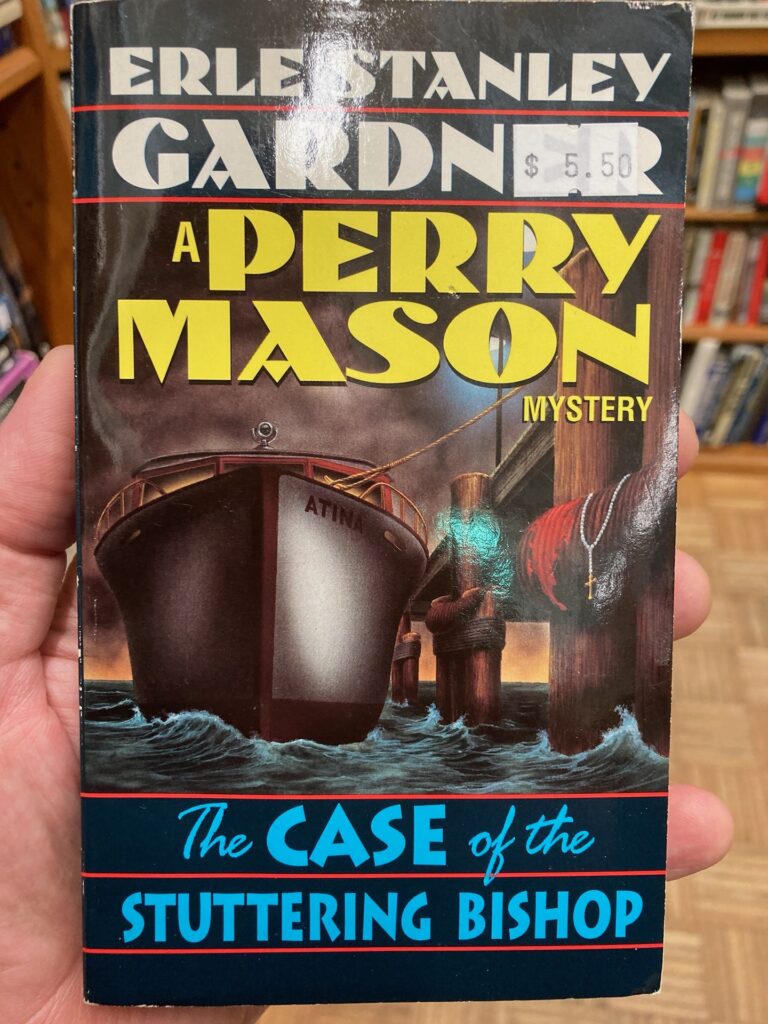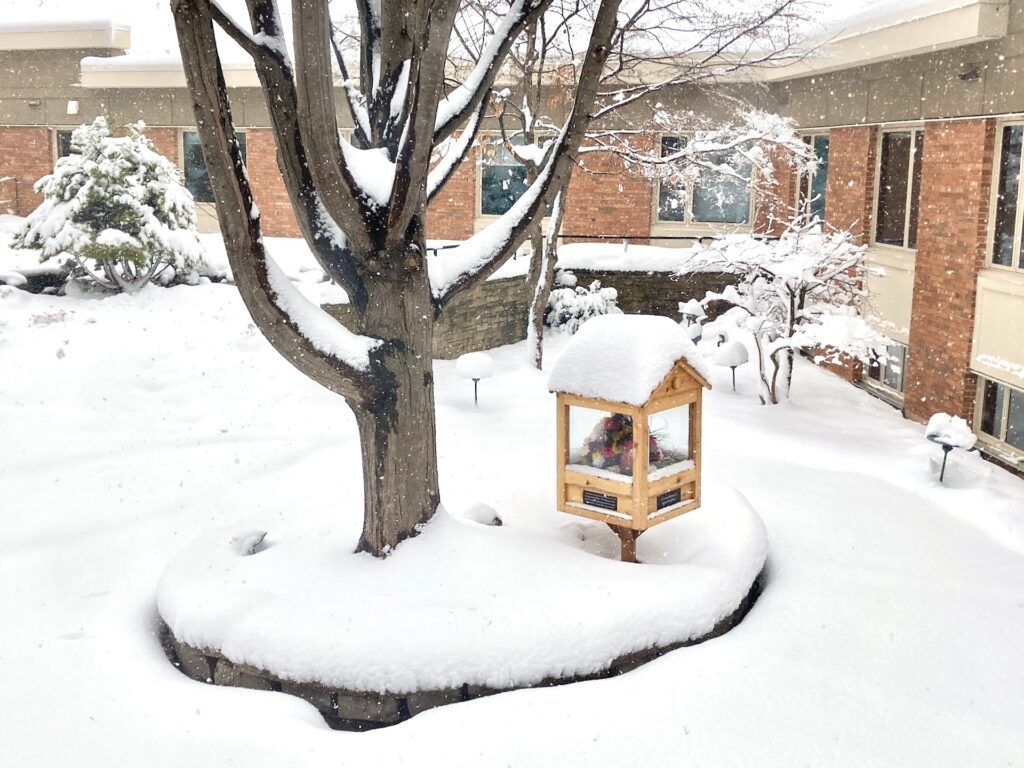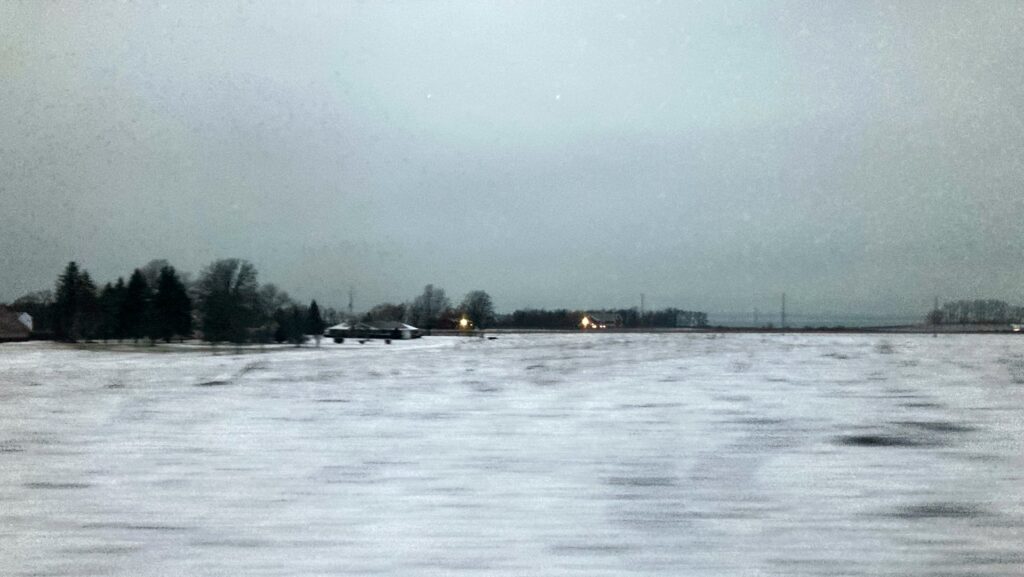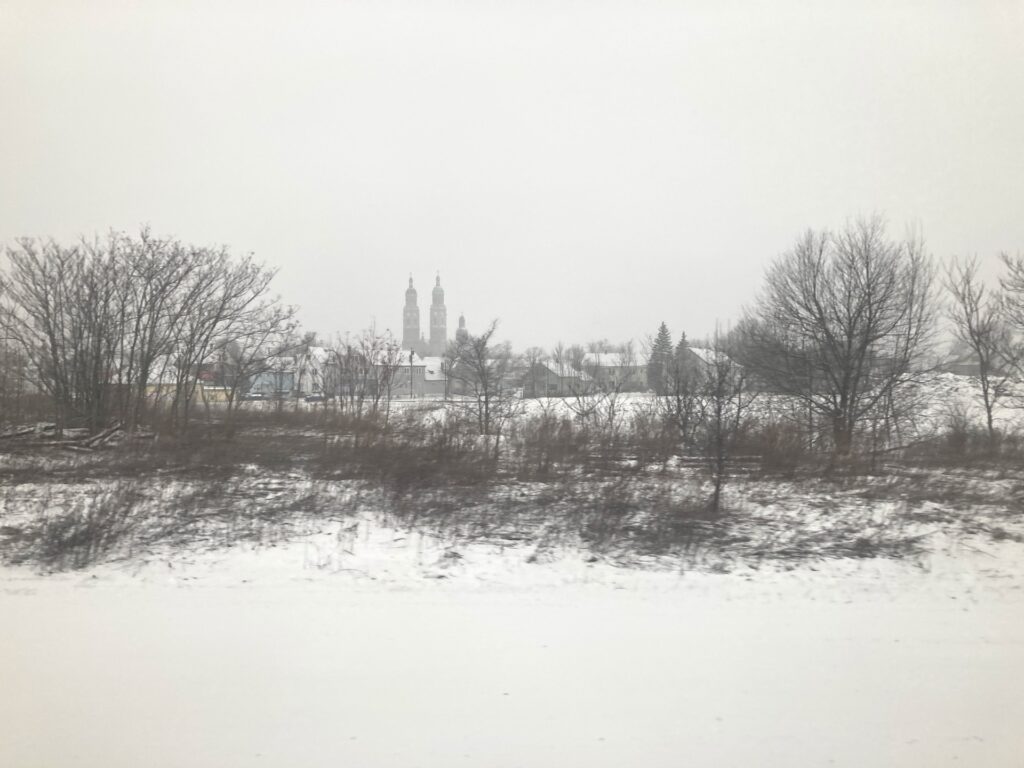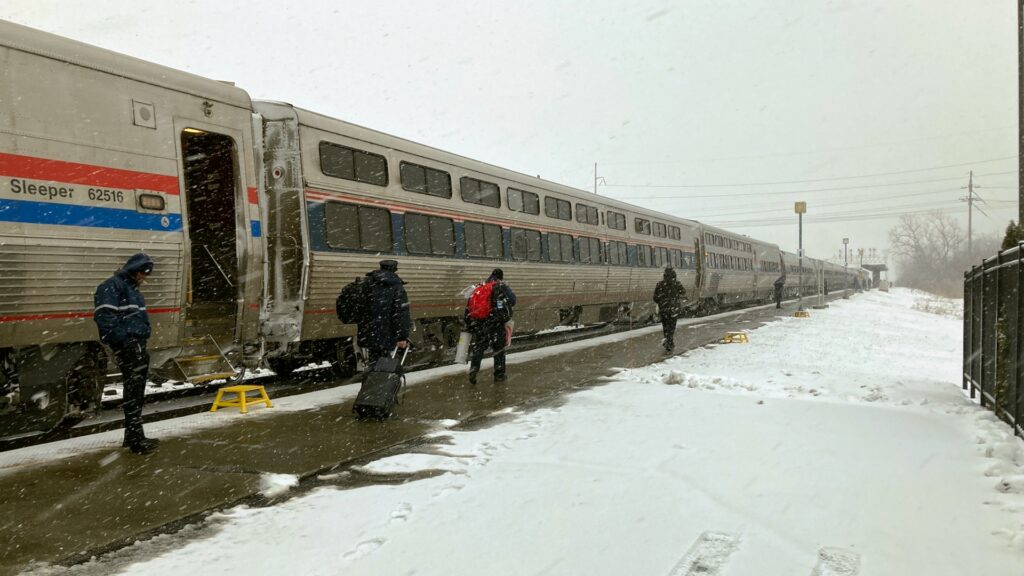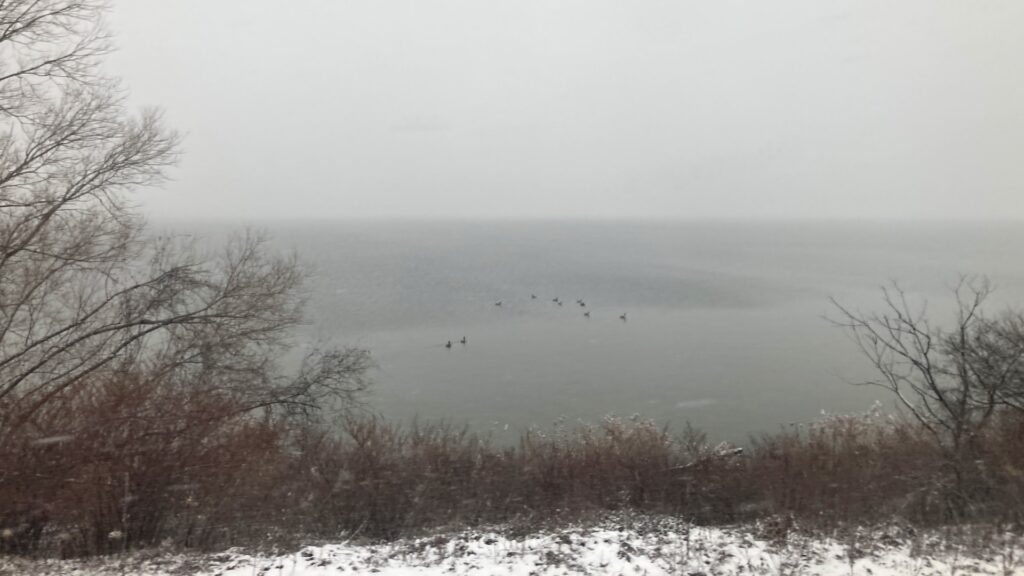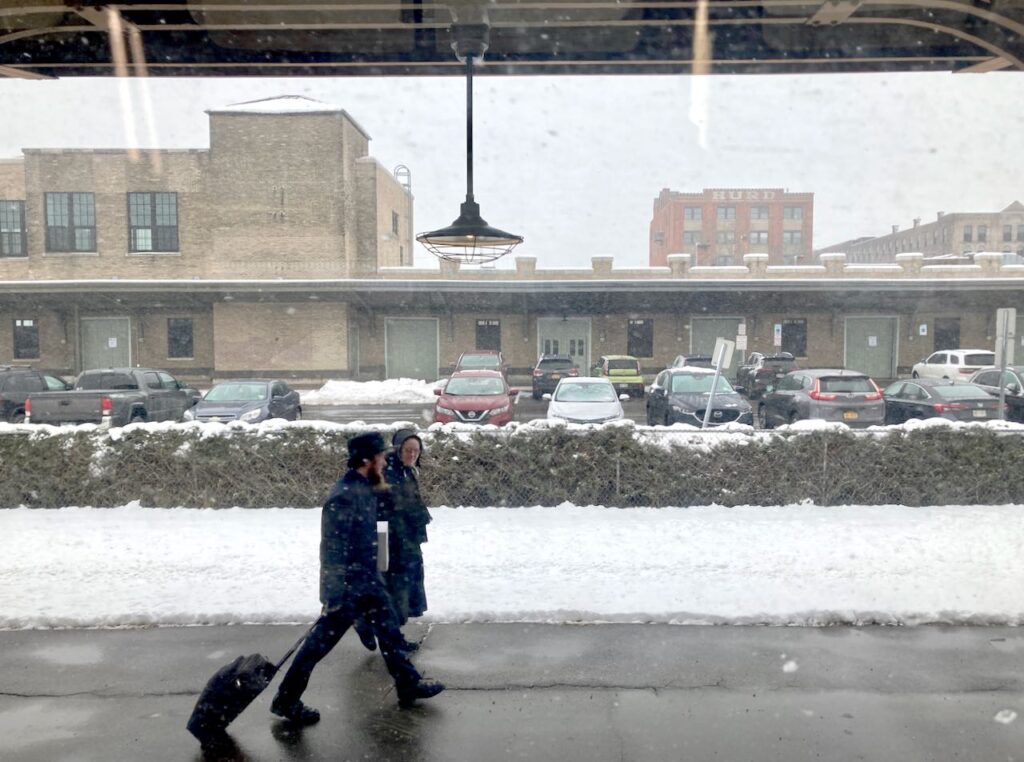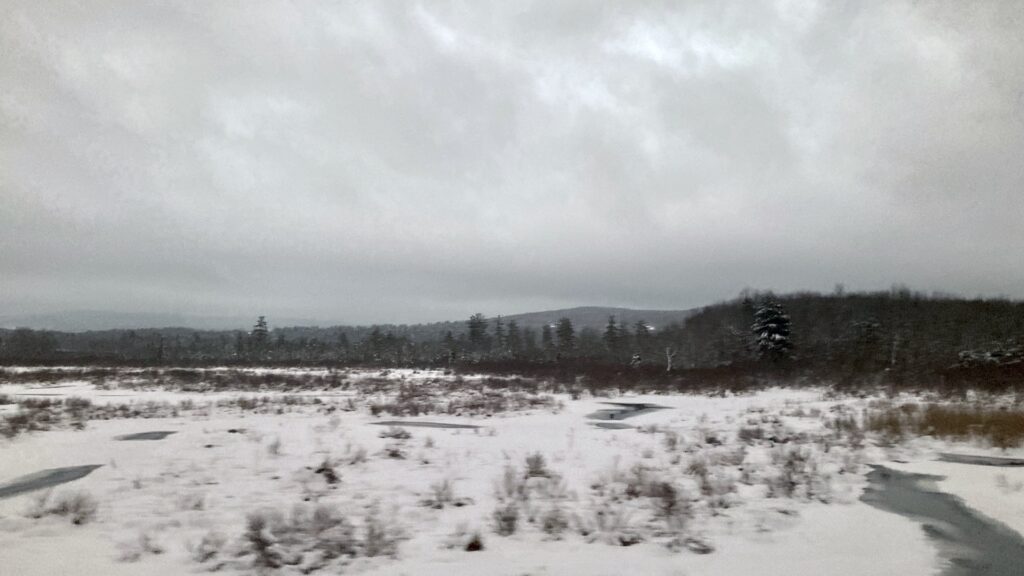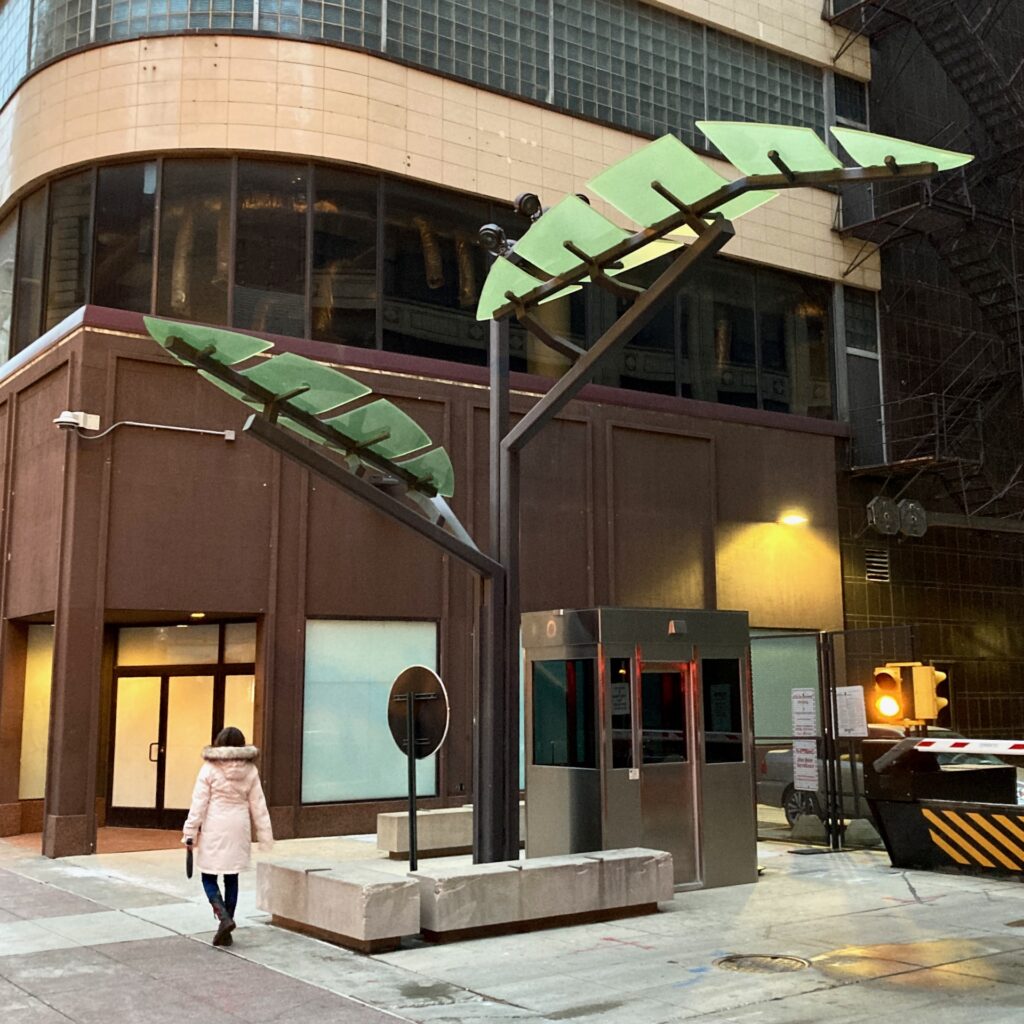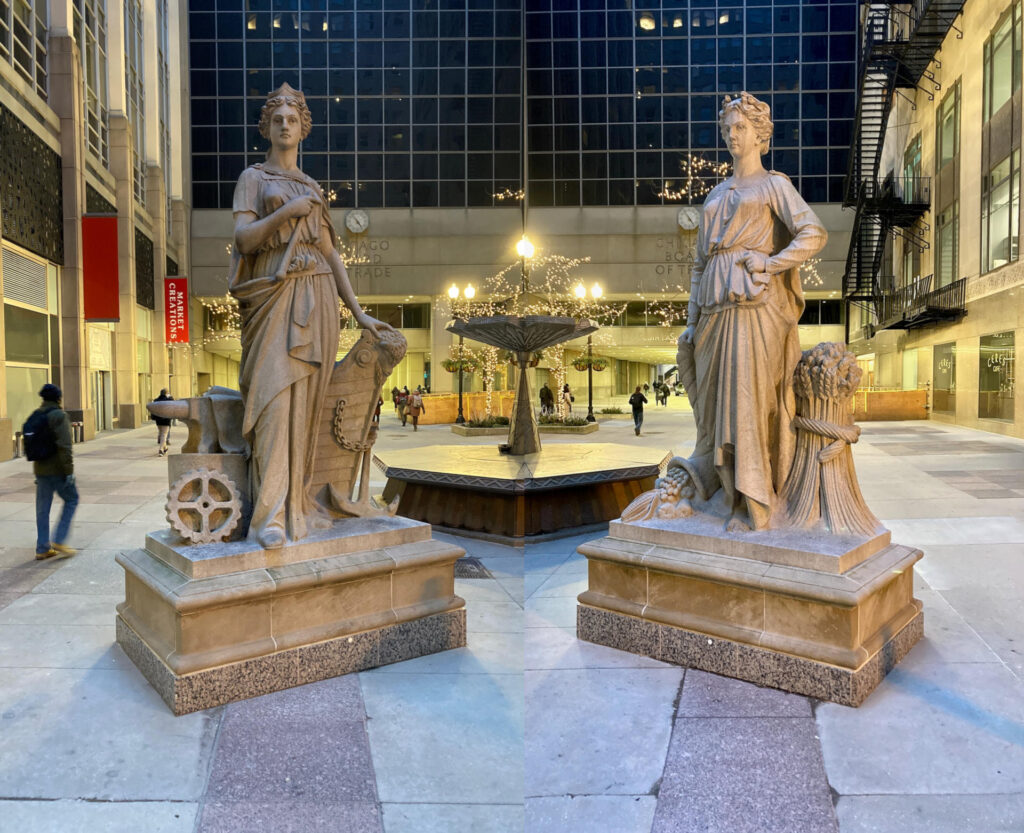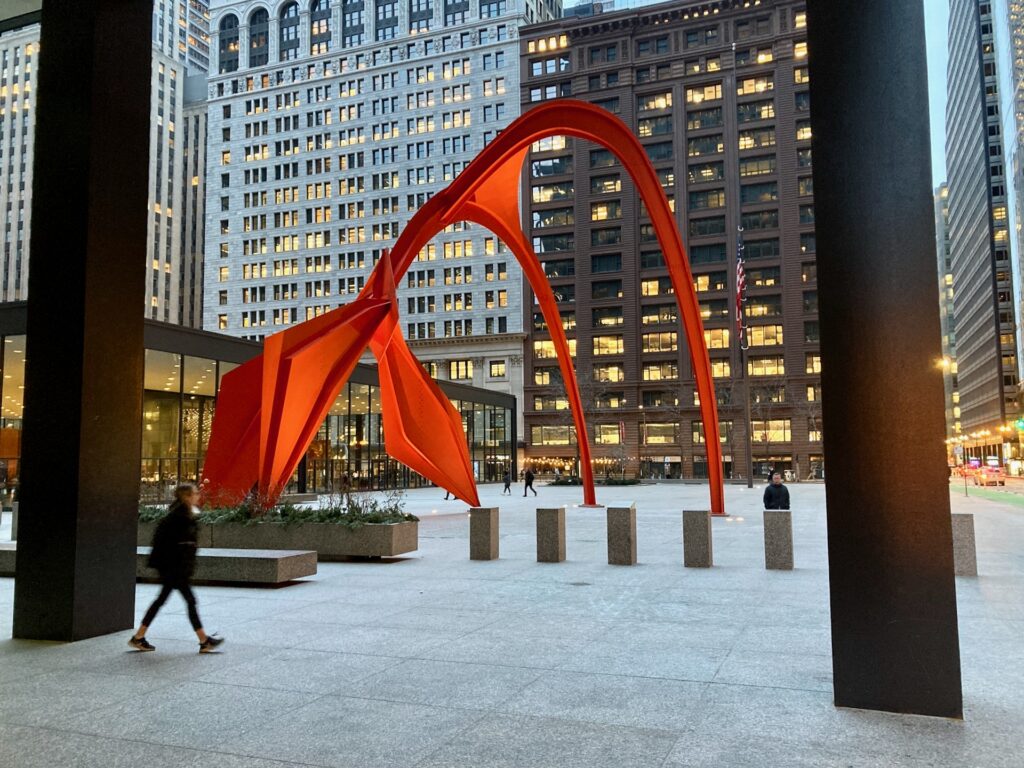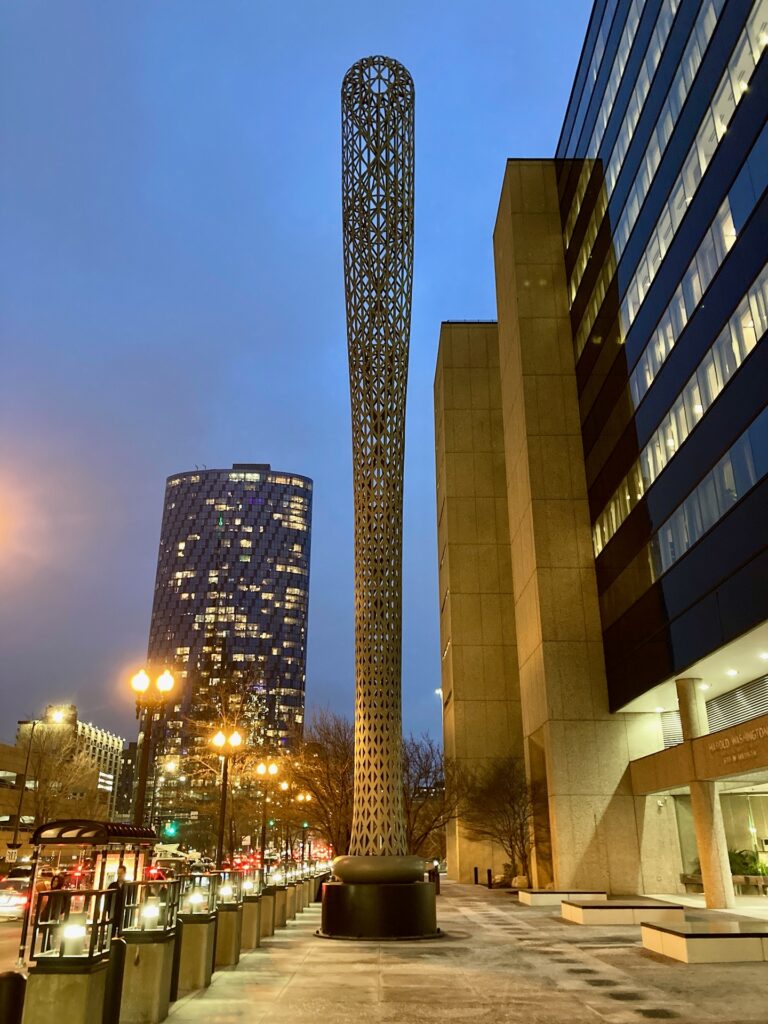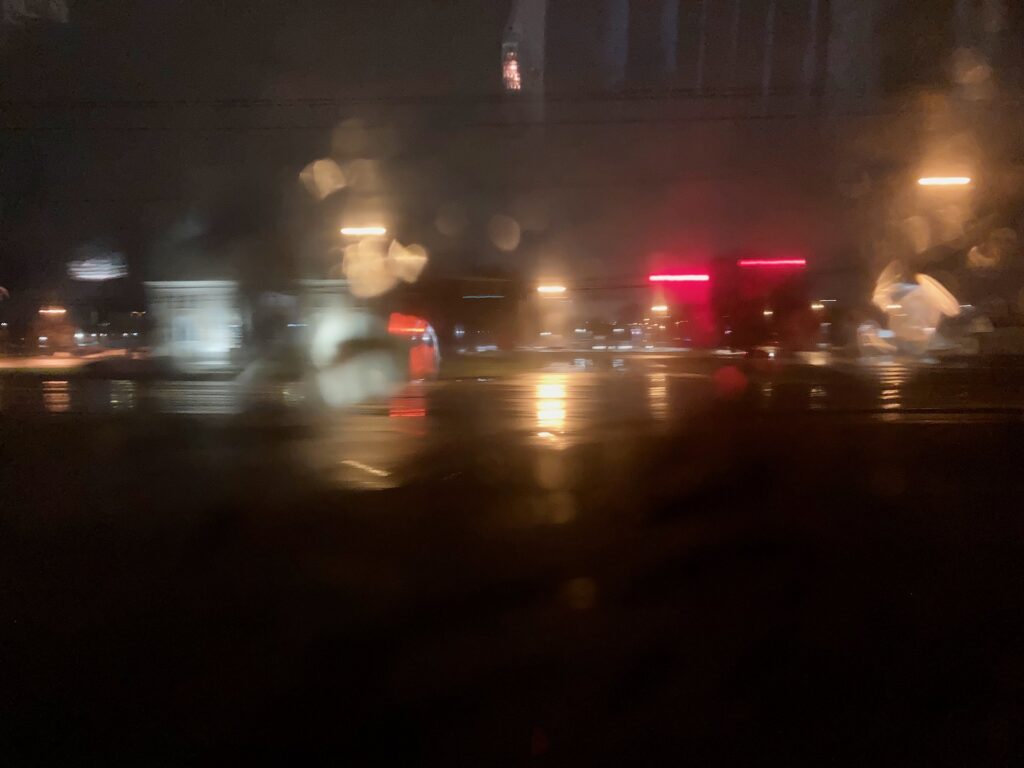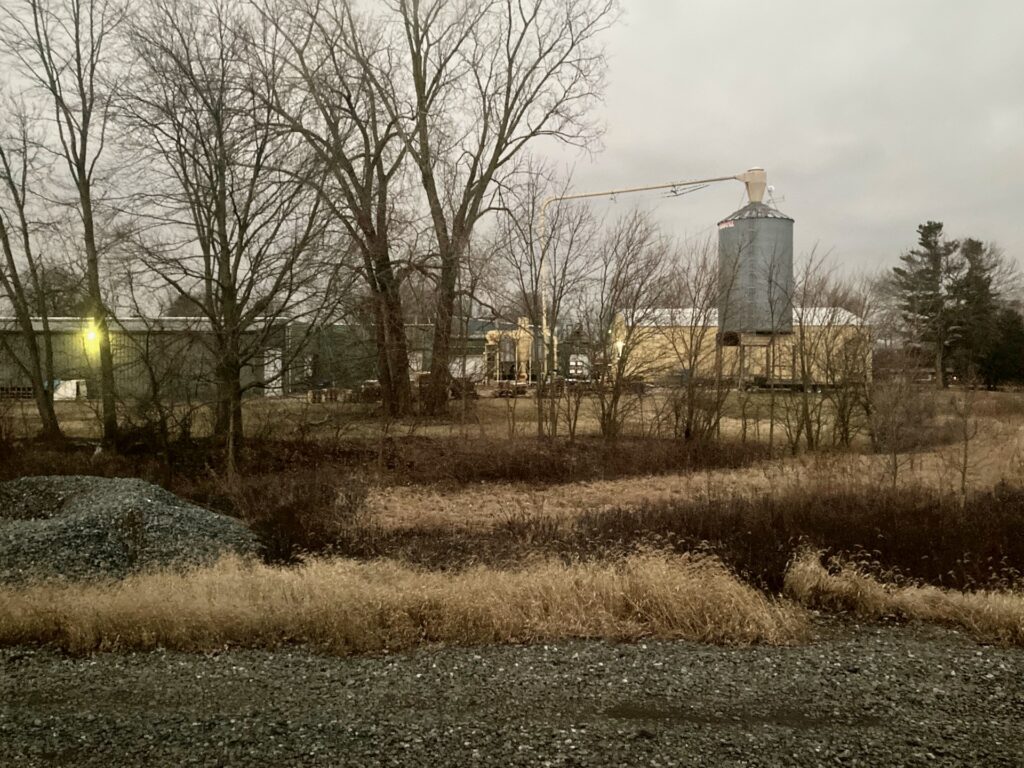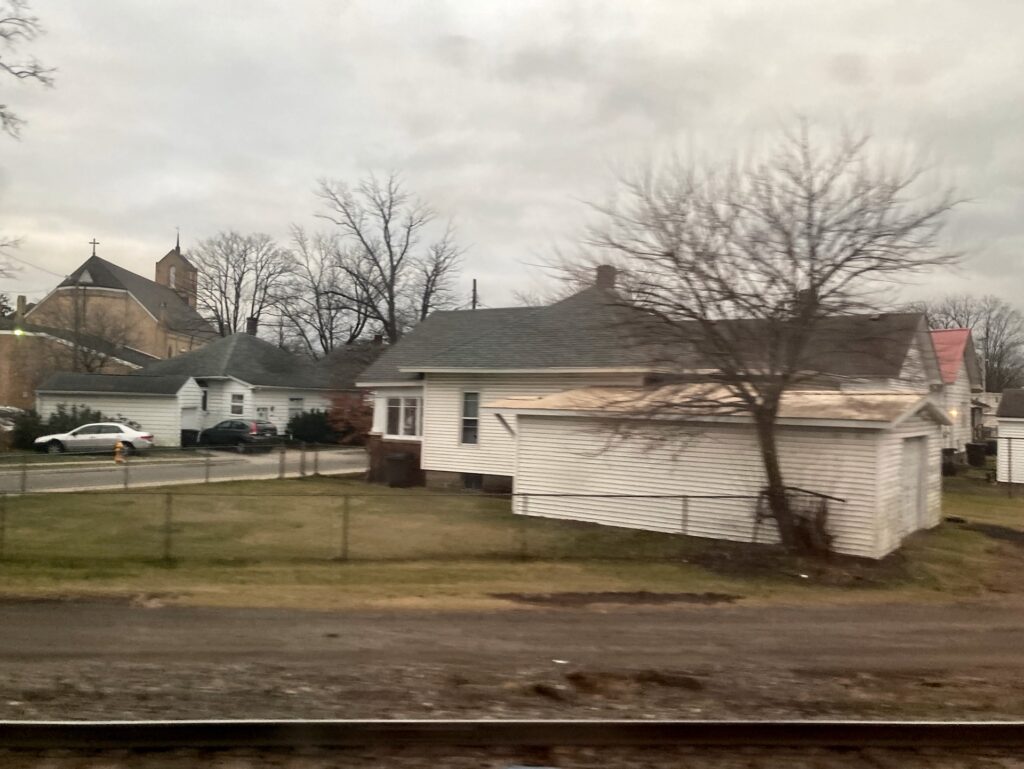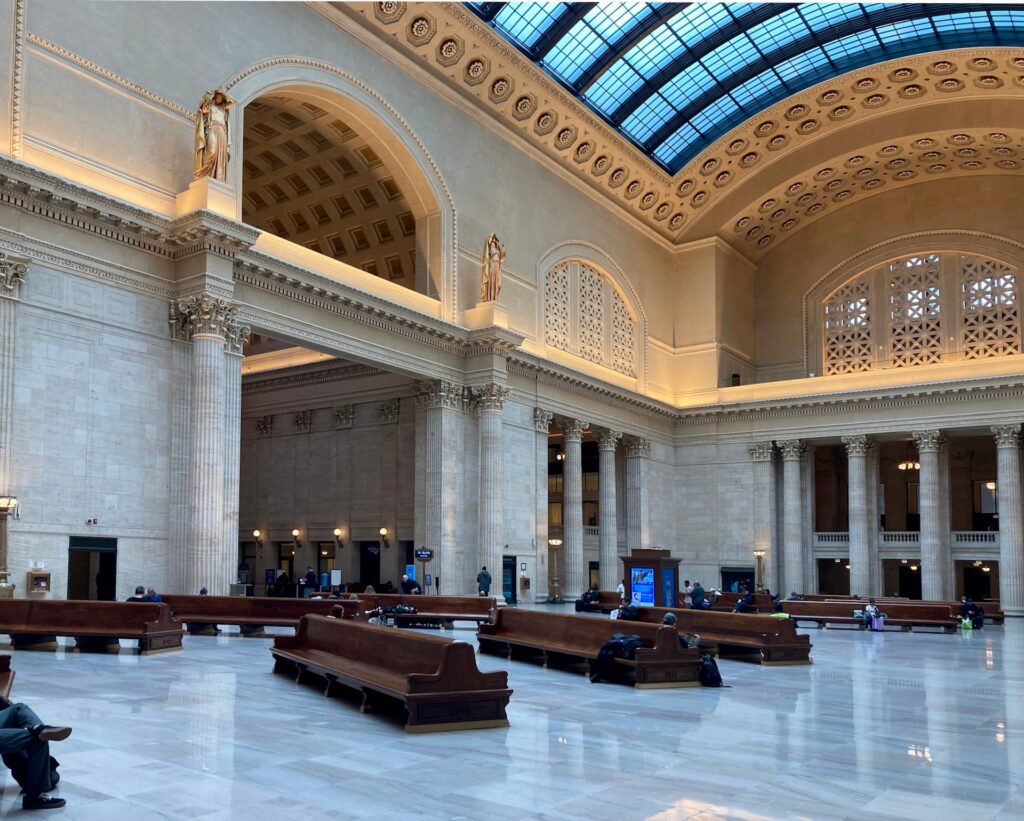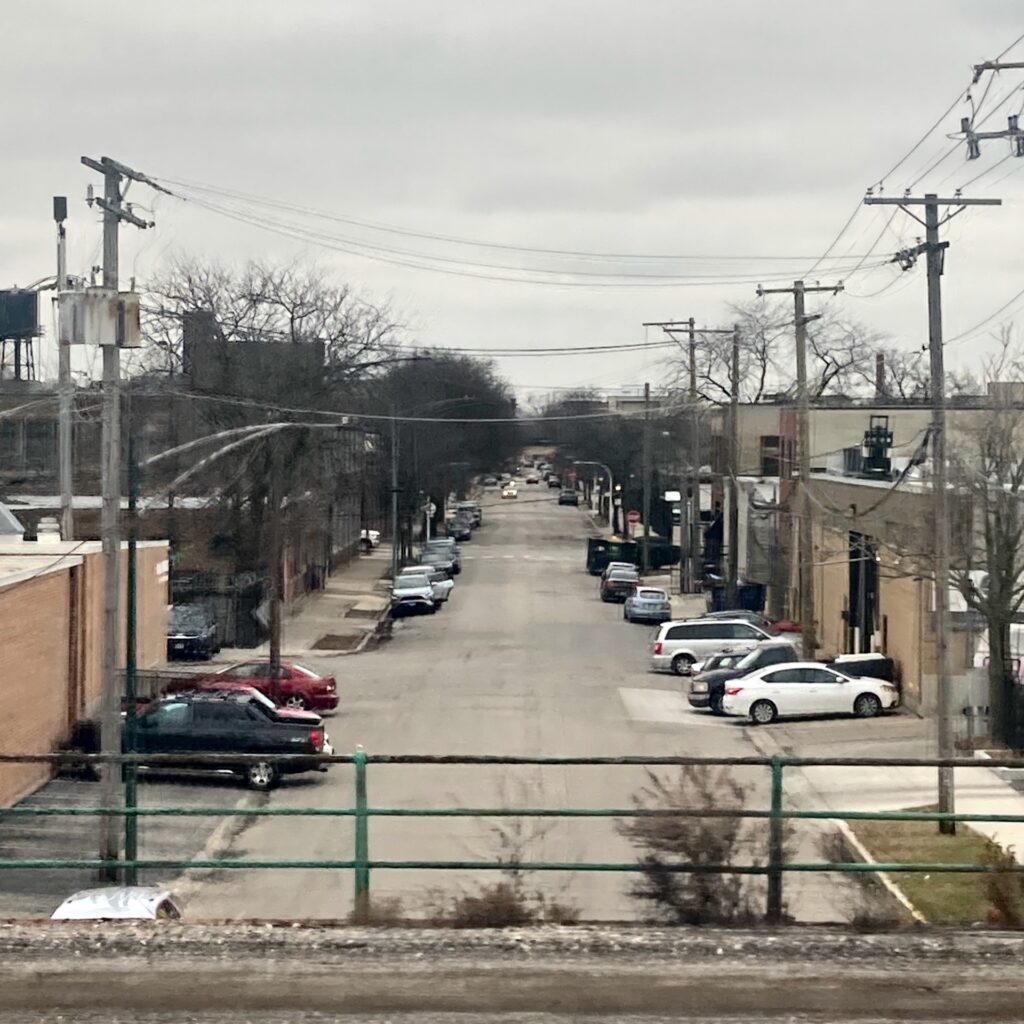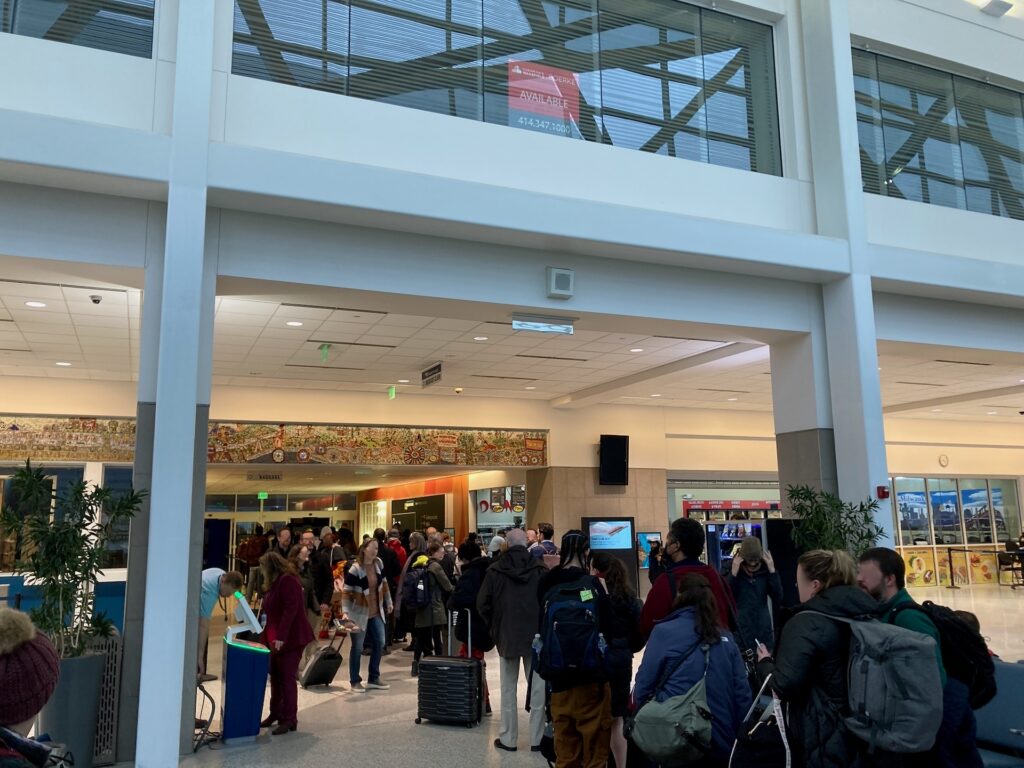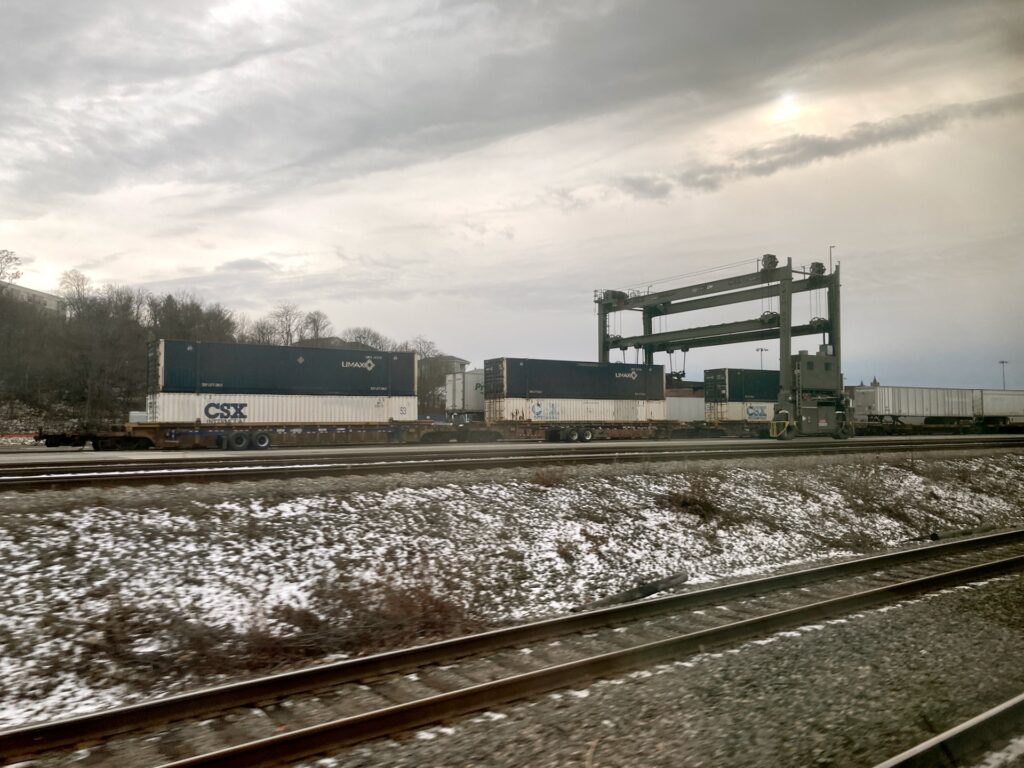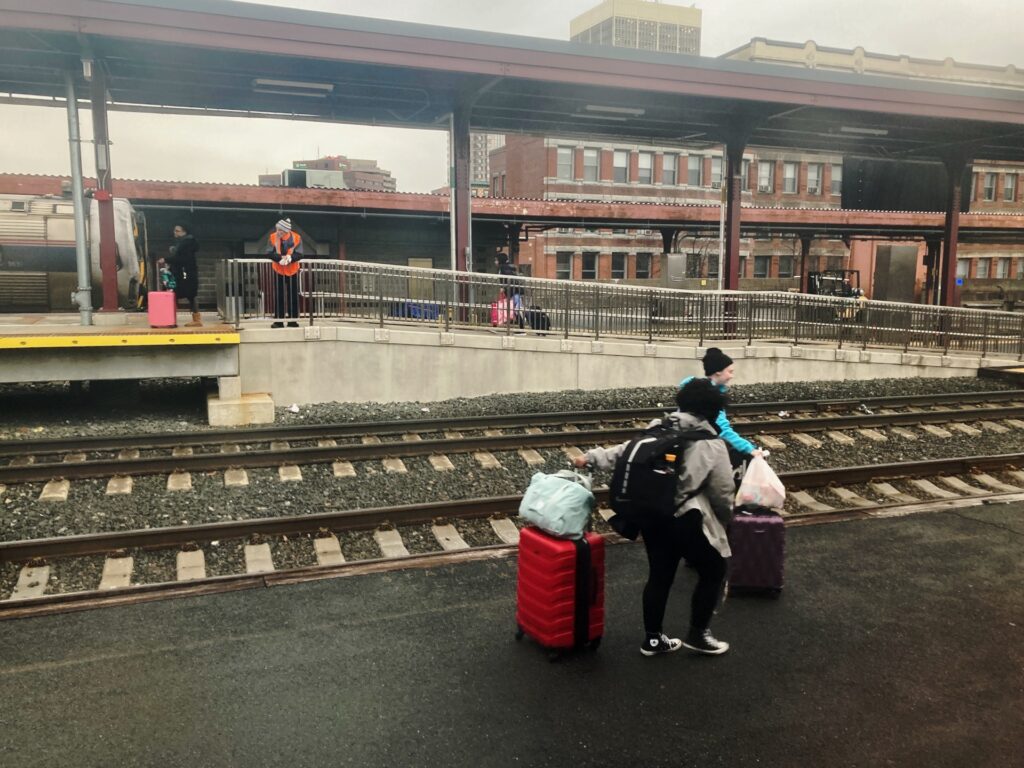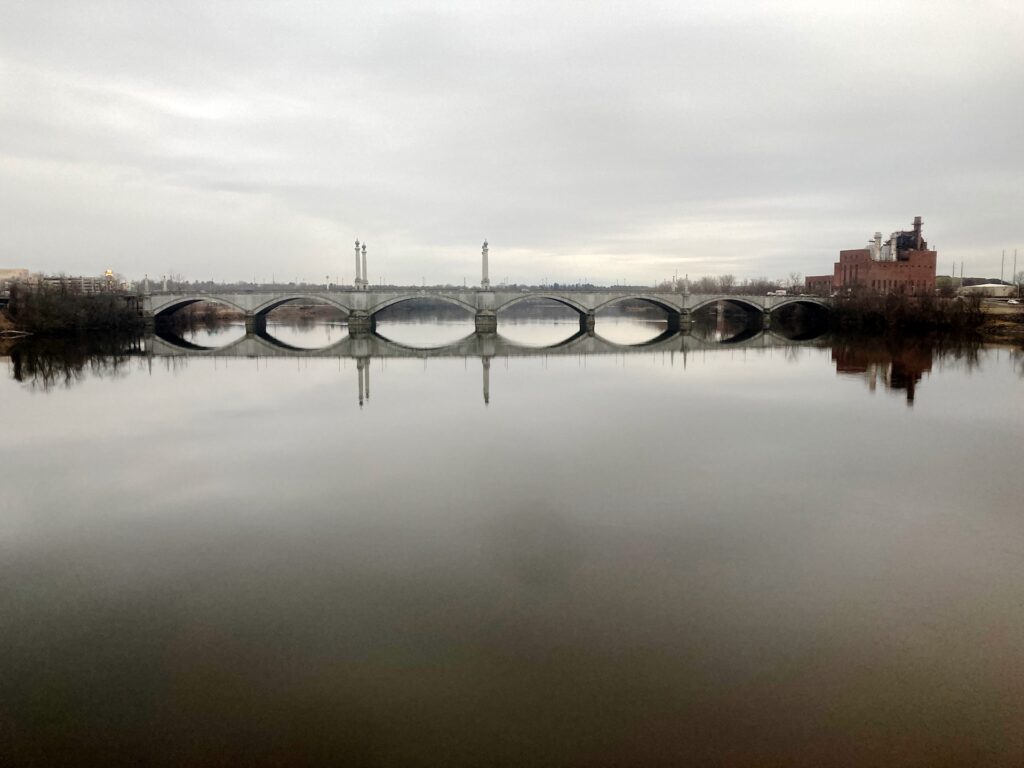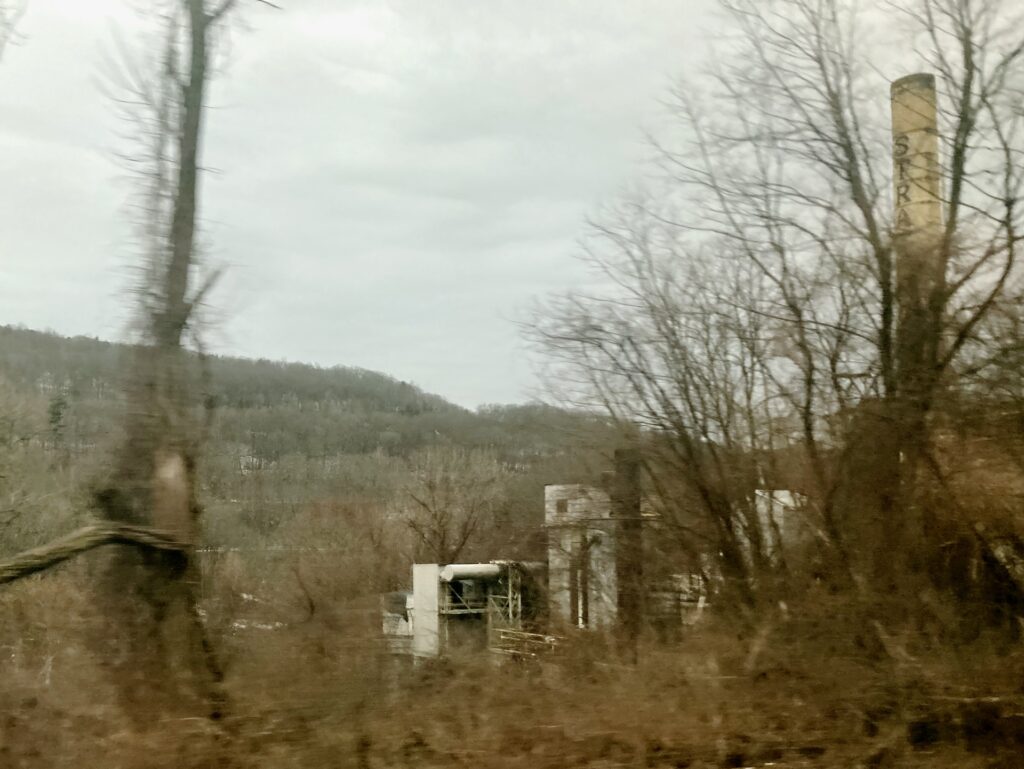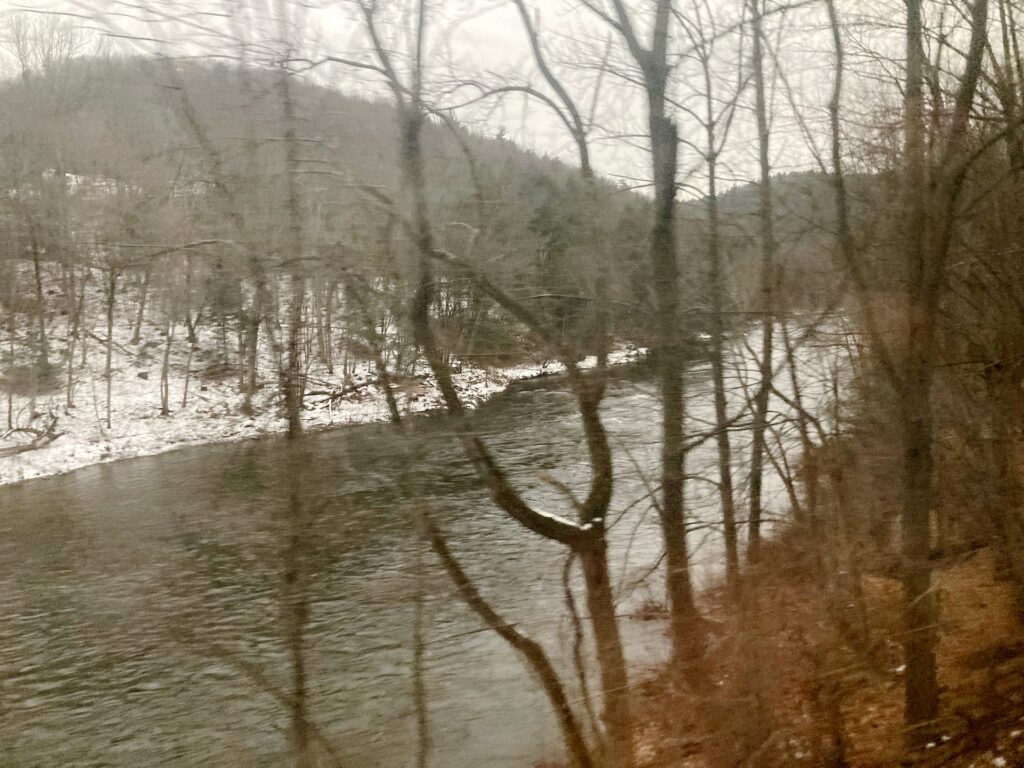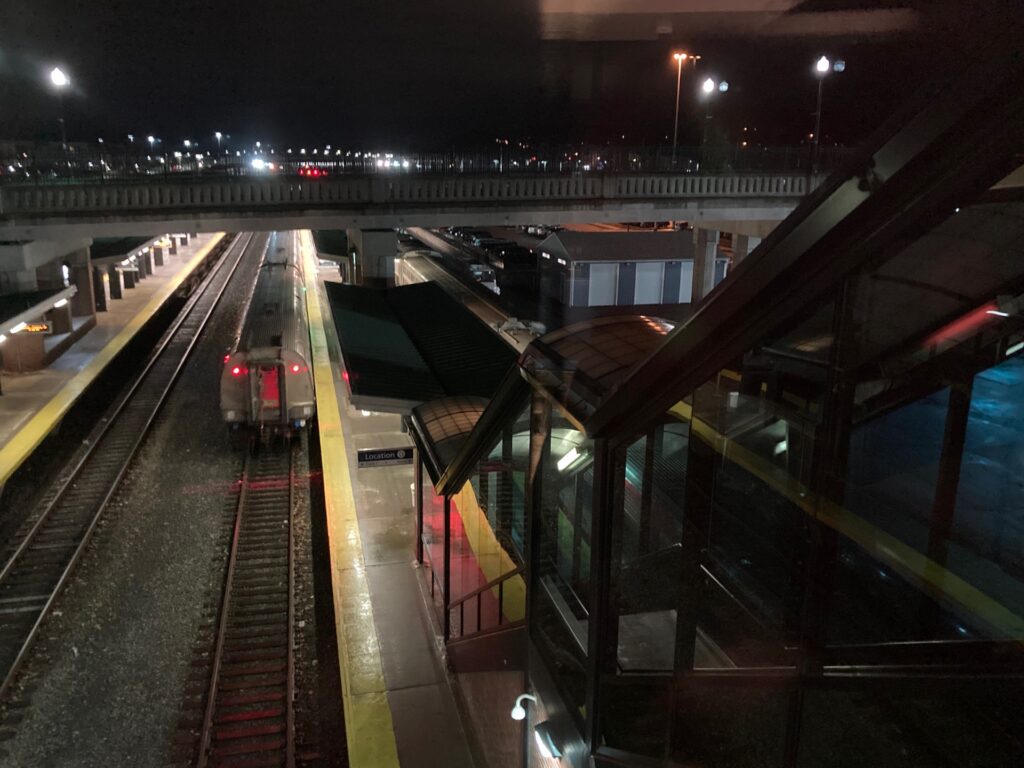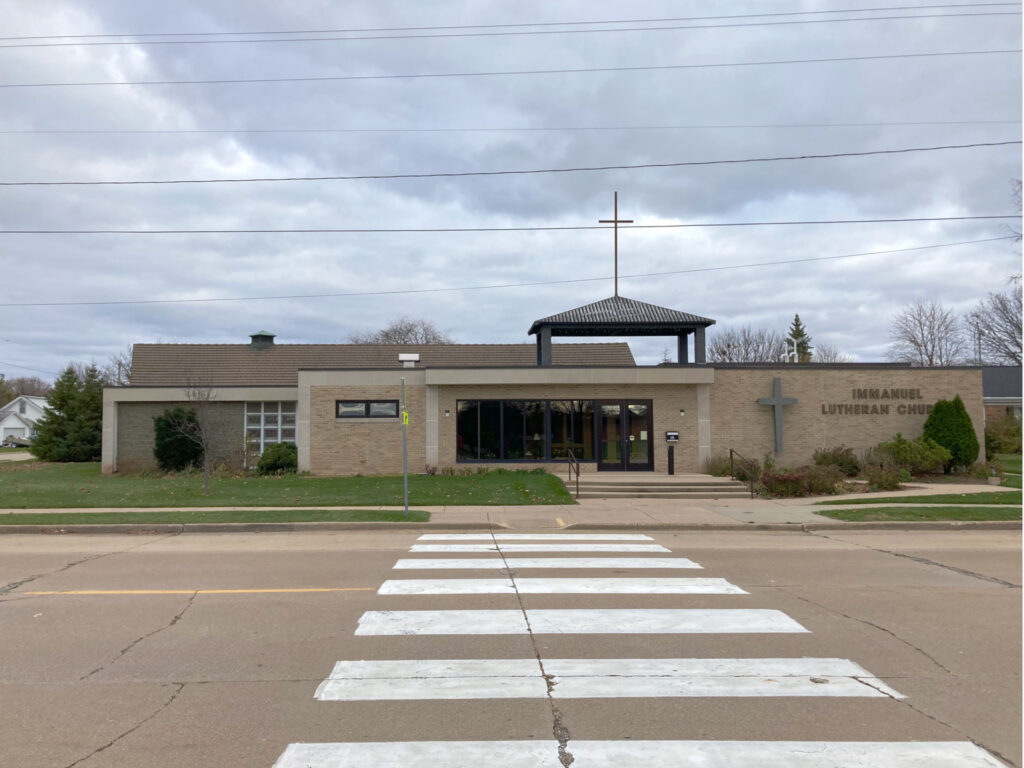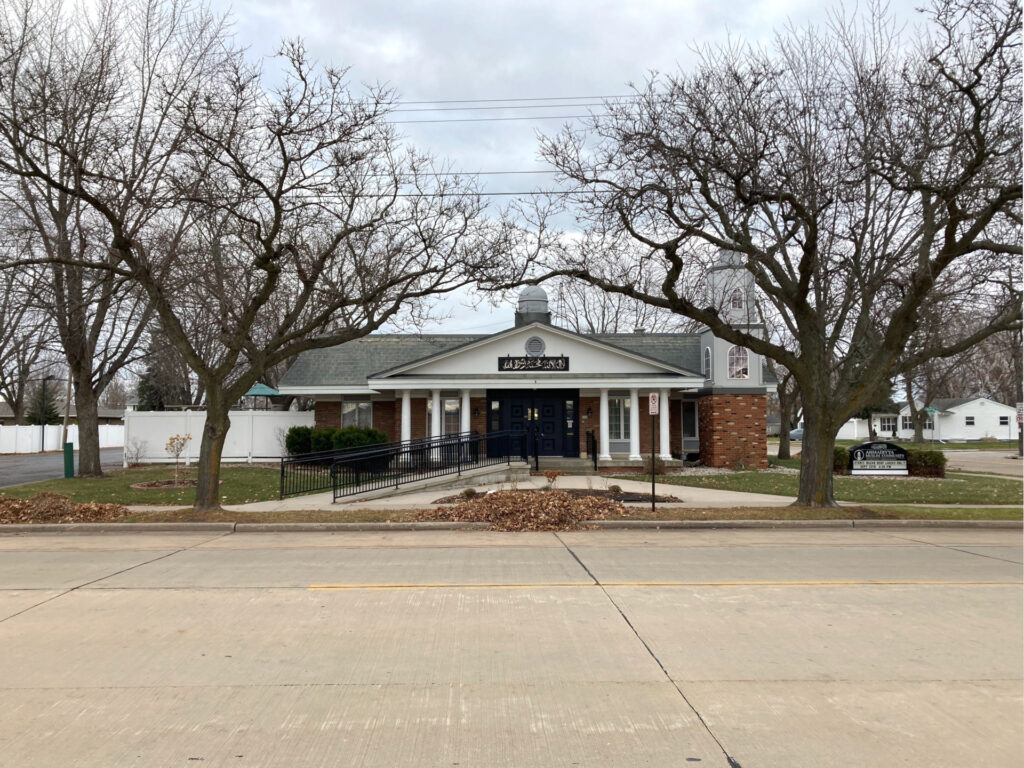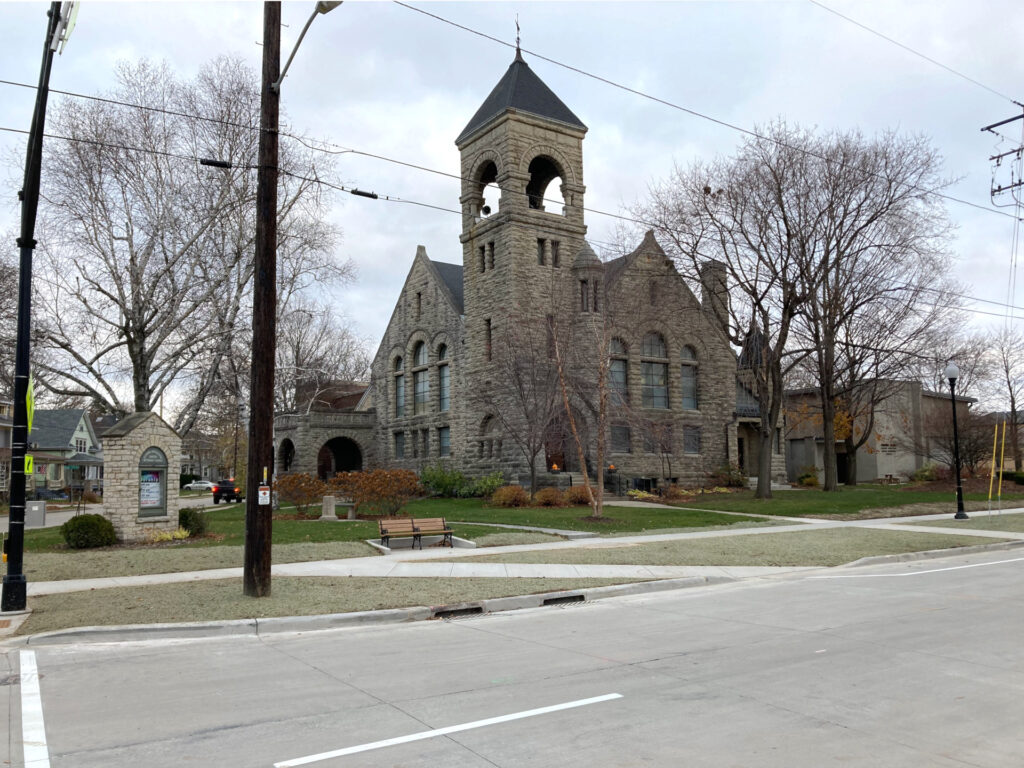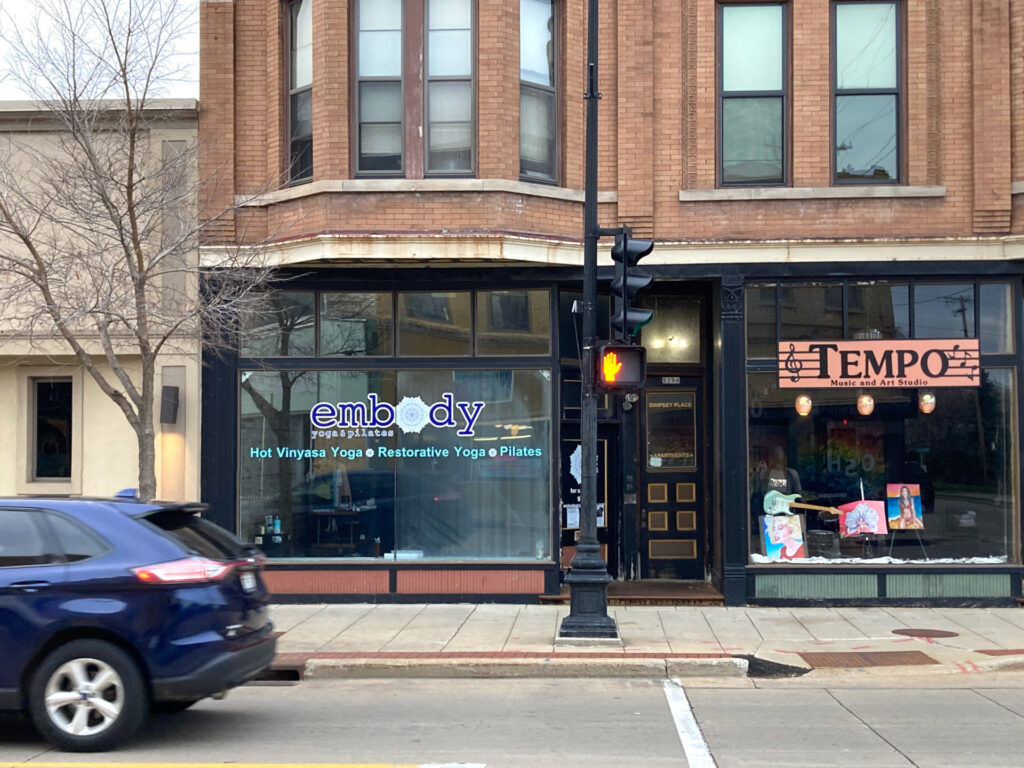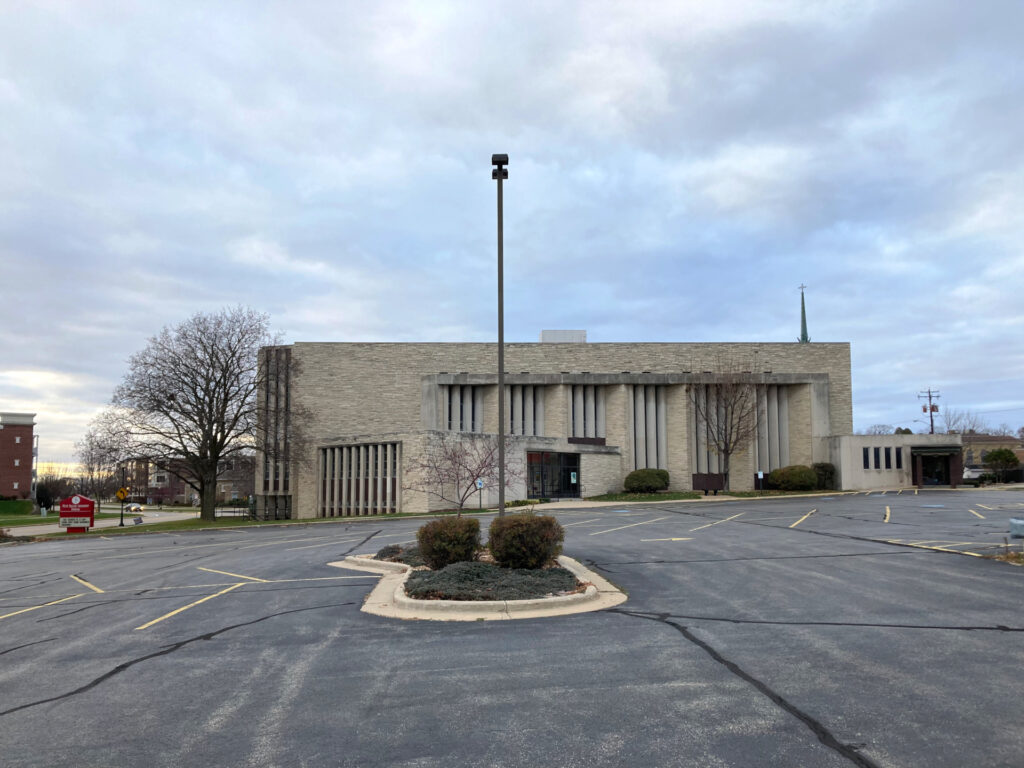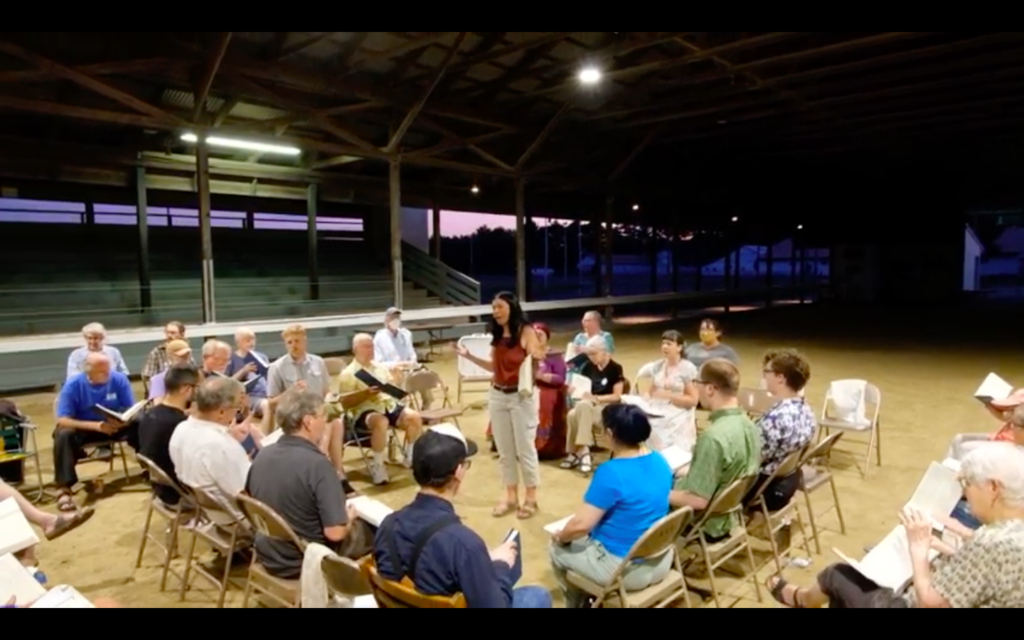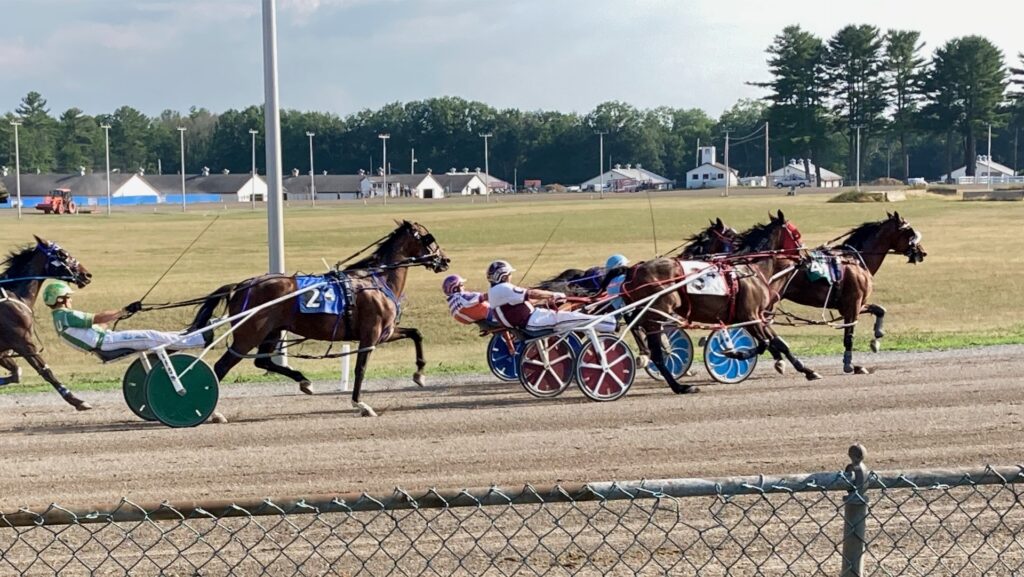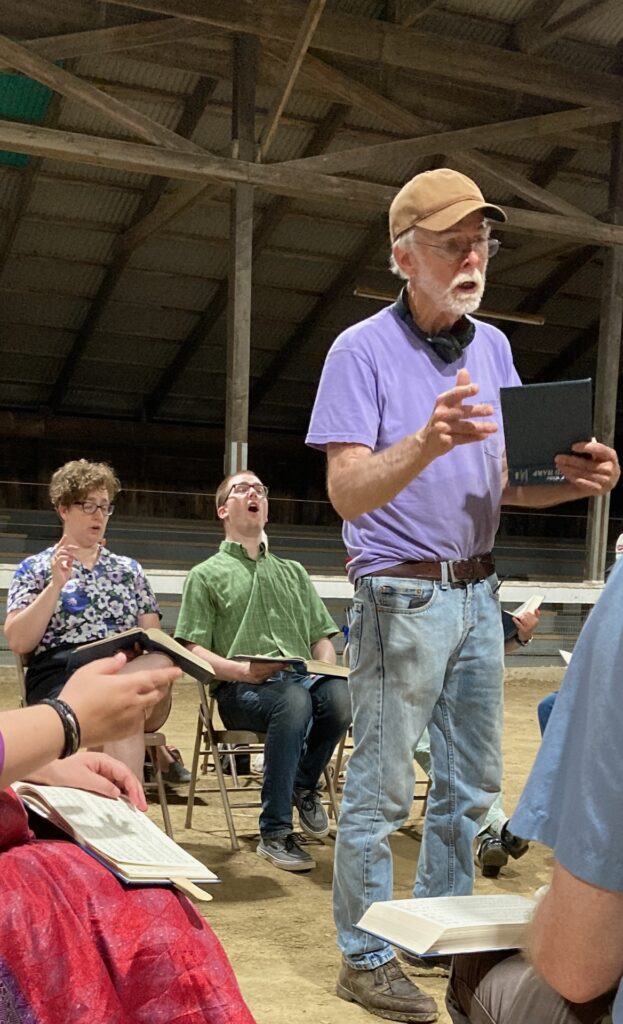This Twitter thread tells about one of my favorite bookstores anywhere: Renaissance Books in the Milwaukee International Airport (MKE). It’s unbelievable to find a used bookstore in an airport. On top of which, they stock a deeply eccentric collection of books, as noted by the author of the Twitter thread.
I particularly appreciate their wide selection of mid-twentieth century pulp novels. I was just in MKE a week and a half ago, and bought a 1960s paperback reprint of Ian Fleming’s thriller Casino Royale from 1953. Casino Royale, the first James Bond novel, is a wonderful example of mid-twentieth century pulp fiction: you simply can’t believe the amount of sexism and implicit racism, the plot creaks, and there are weird dominance and submission games going on throughout the novel. It reveals the strange paranoiac Zeitgeist of the 1950s better than any history book. But I digress.
Basically, it’s a bookstore that should not exist. So it kind of feels like Spider Robinson’s fictional Callahan’s Crosstime Saloon, except that it’s not a fictional place. Here are some key excerpts from the Twitter thread to explain:
“On my way home from Milwaukee yesterday I did a triple take when I saw an ancient used book store, IN THE AIRPORT!!! I felt like I walked through a portal to a world where everything was a little bit cooler. I was so enthralled I went up to the register and was like ‘hey, I’m fascinated by this place, can we chat?’ A man with an orange hat, orange glasses, and an orange shirt pushed aside his laptop and said ‘oh, heavens yes.’ His name is Orange Mike, and he’s worked here since 1979. Every employee of the shop, including Orange Mike, makes exactly ‘8.125 dollars’ an hour to keep this place going. They are also all in their 60s. Orange Mike himself comes from the local pen & paper community, and used to review games for Dragon magazine. The stock here is eclectic and weird and not remotely curated. Half of it is giant history books that have probably been here since the 80s….
“The store’s existence comes down to the airport taking bids from local bookstores to occupy the space, and accidentally including used bookstores in the list. The owner shrugged and submitted the high bid. The airport tried to stop it but after six months of legal spats failed…. This store just shouldn’t exist. The airport doesn’t want them there, it makes no revenue, they have a hard time moving product, and all of its underpaid employees are at retirement age. And yet it persists. AT A MAJOR AIRPORT. I am blown away by this place existing. If you’re ever at MKE, go check it out while you can. It seems like something way too good for this world, which means it may not be there next time if you skip it.”
I spent four hours at Renaissance Books one day last year, due to travel plan complications. That bookstore turned what was an otherwise unbearable trip into something almost enjoyable. I was so grateful that now every time I’m in MKE (which is not very often), I spend as much money there as I can (the limitation always being: How many books can I fit in my carry-on luggage?).
